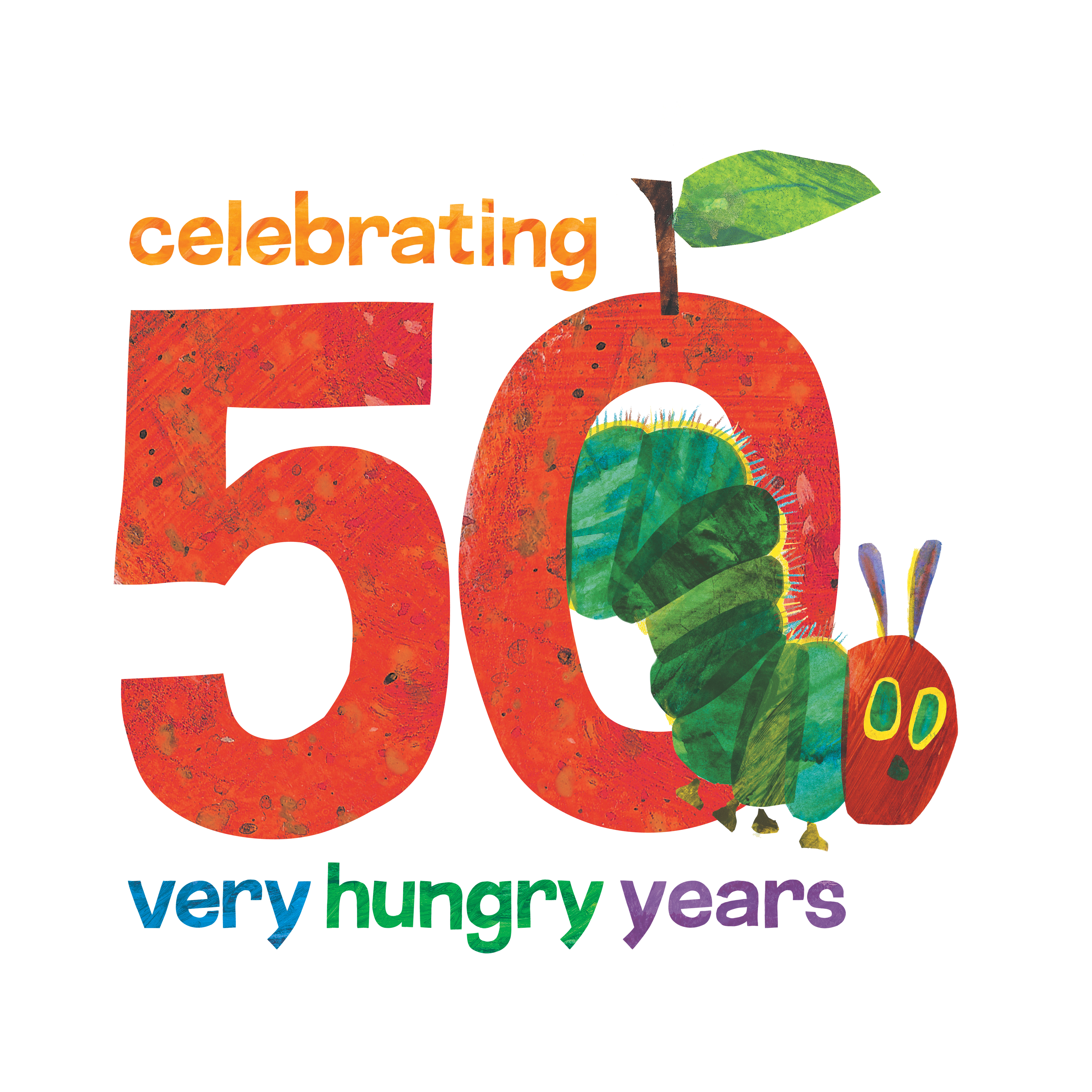“On Saturday he ate through one piece of chocolate cake, one ice-cream cone, one pickle, one slice of Swiss cheese, one slice of salami, one lollipop, one piece of cherry pie, one sausage, one cupcake and one slice of watermelon.” The Very Hungry Caterpillar, Eric Carle.
The diet of the Very Hungry Caterpillar is an interesting one. Outside the realm of children’s fiction caterpillars are not known for snacking on processed food. Most species are vegan, sticking to plant-based food sources.
Butterflies and moths lay their eggs where their offspring will have the best chance of survival. This usually means on the leaf of their foodplant, providing a ‘ready meal’ when they hatch. But there are always exceptions to the rule.
The peculiar eating habits of some caterpillars do sound like made-up stories. Here are ten things hungry caterpillars eat that might surprise you:
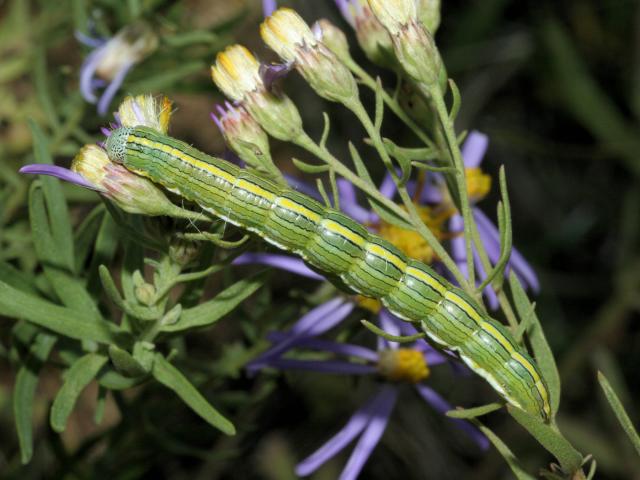
1) Flowers
For some species, the leaves of a plant just aren’t enough and they will devour the buds, seeds and blooms too. The Star-wort caterpillar particularly enjoys munching on the flowers and developing seeds of the Sea Aster plant on saltmarshes.
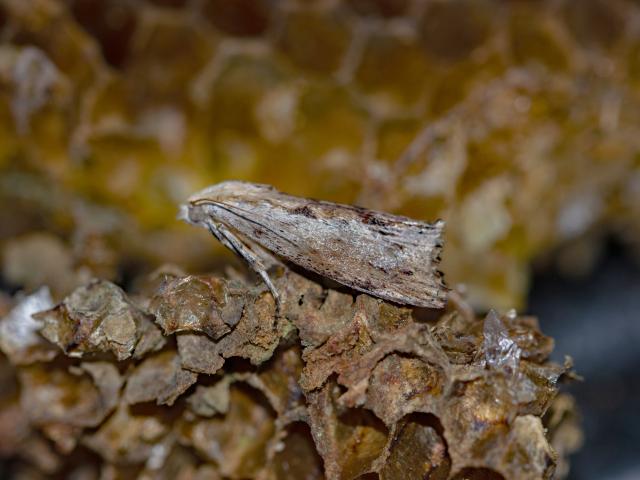
2) Honeycomb
Although lollipops are off the menu, some caterpillars do have a sweet tooth. The Wax Moth adult makes an enemy of beekeepers by invading hives to lay its eggs. When the caterpillars hatch they feed on the honeycomb, sometimes destroying the hive.
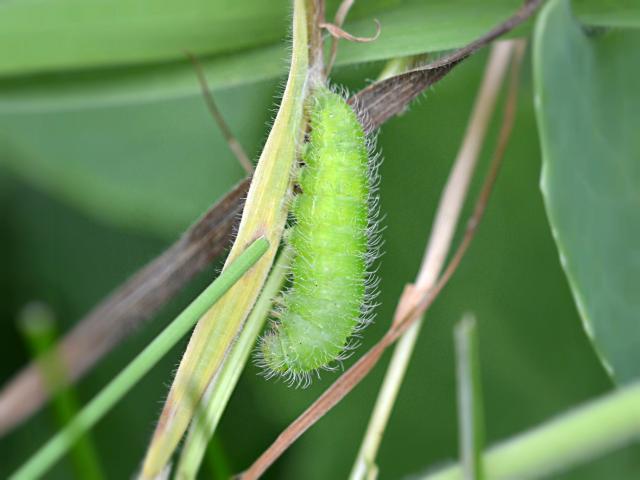
3) Grass
Our most common and widespread species of butterfly choose easy-to-find foods. Wild grasses provide nourishment for Gatekeeper, Meadow Brown and Skipper family caterpillars – a great excuse to let an area of your garden grow wild.
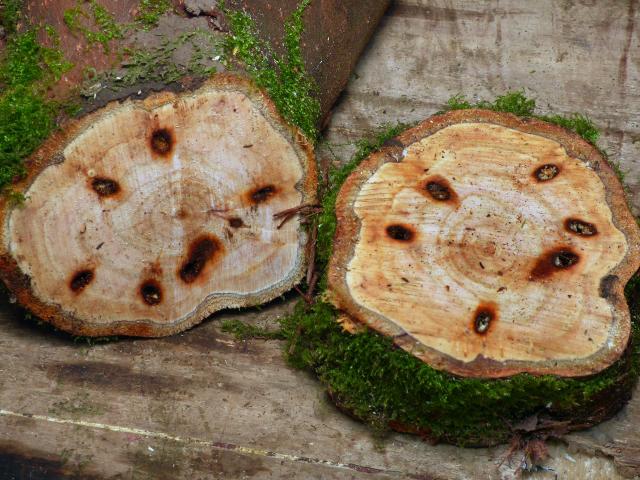
4) Bark and Twigs
The caterpillars of the Lunar Hornet Moth bore into Sallow trees where they feed on the living wood inside for about two years. The caterpillars rarely cause much damage to the trees but when they are cut down you can easily see the old burrows in the wood, the width of your little finger. The adult moth mimics a Hornet, but it is friendly and doesn’t sting.
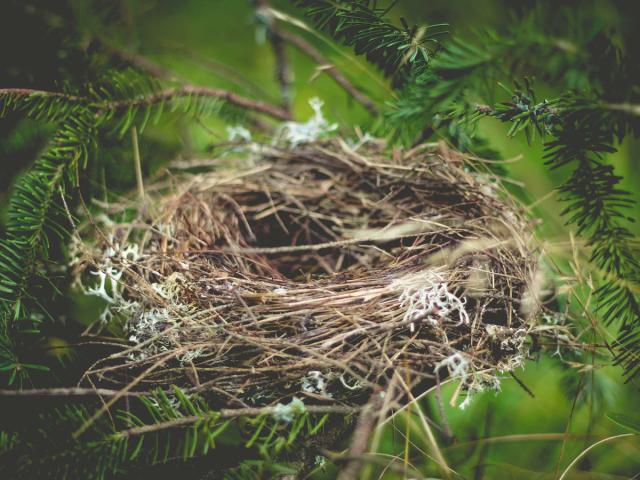
5) Animal Waste
Skin Moth caterpillars are happy to chew through the skins of dead birds and mice, owl pellets and guano in birds’ nests. They are one of nature’s cleaners, along with other small moths, flies and beetles. You may think of this as disgusting but they all perform important roles as scavengers; without them, we would be knee-deep in rotting carcasses.
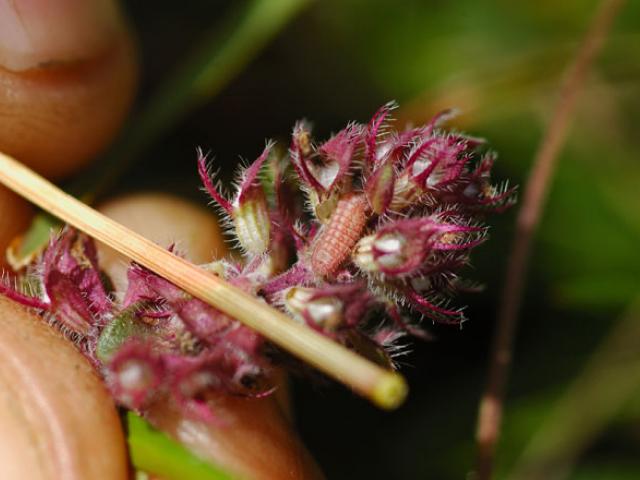
6) Ants
Large Blue butterflies have an unusual lifecycle that relies on a particular species of red ant. The young caterpillars begin their lives feeding on the flowers of Wild Thyme or Marjoram. Once they’ve had their fill of the flowers they drop to the ground, releasing a scent which encourages unwitting ants to carry the caterpillars back to their nest. There the caterpillars feed on ant grubs before pupating underground. When the butterfly emerges it crawls up out of the ant nest before expanding its wings.
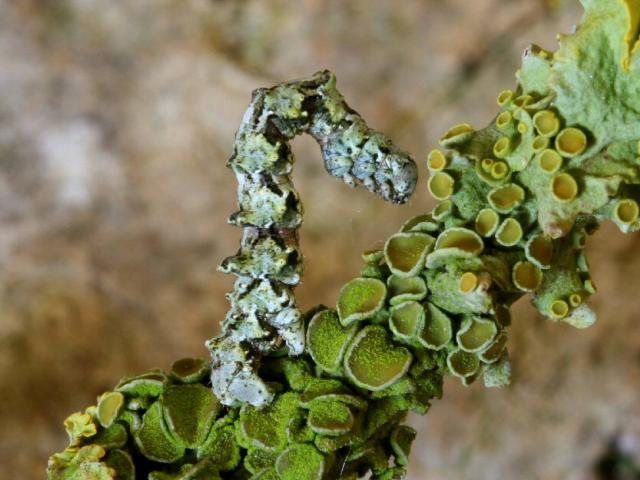
7) Moss and lichen
Dingy, Buff, Common, Muslin, Rosy and Scarce Footman moths all feed on lichens growing on tree trunks, fence posts, old walls, various mosses and decaying vegetable matter. The Brussels Lace caterpillar mimics a lichen-covered twig –matching its shade of green to the particular type of lichen it is eating. Perfect camouflage to allow it to eat its fill safe from predators.
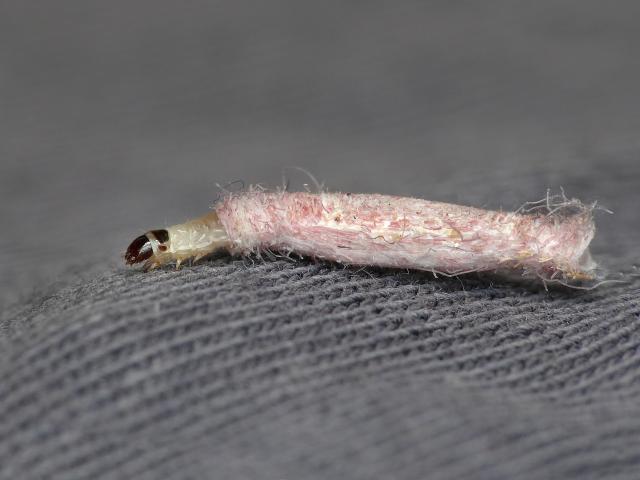
8) Hair
It’s a common misconception that all moths eat clothes. There are just two species of moth regularly found in houses – that’s less than 1% of all moth species in the UK – whose caterpillars eat natural animal fibres. Common Clothes Moth caterpillars prefer dirty wool to clean well-stored clothes and will also feed on fur, hair and feathers.
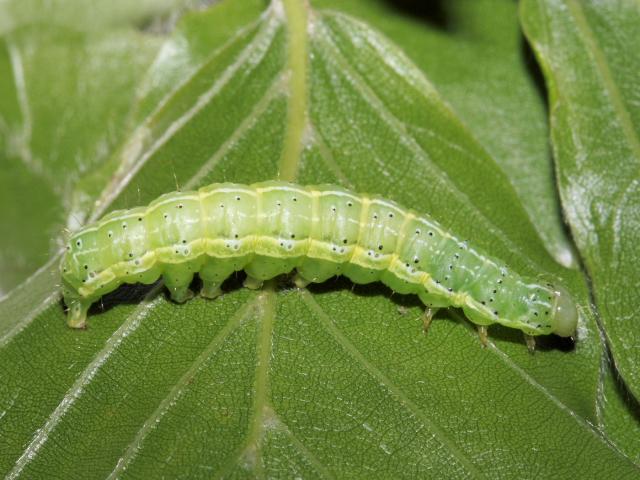
9) Each other
Carnivorous caterpillars are quite unusual but those of the Dun-bar will feast on other moth caterpillars if the opportunity arises. They eat leaves much of the time but will happily swap their salad for caterpillars, even of their own kind, if they bump into them.
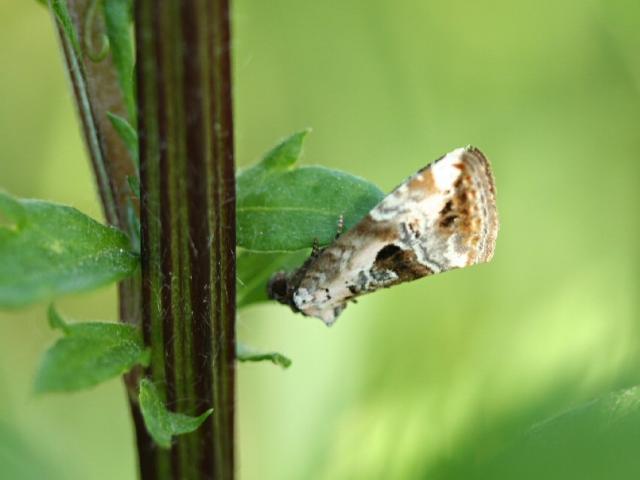
10) Anything
The Rosy Marbled moth caterpillar is truly omnivorous. The tiny caterpillar starts on fresh flower petals but as it grows it becomes less choosy and seems happy to feed on wilted or mouldy flowers. It’s also partial to dead and live insects! All the species listed above can be found in the UK.


